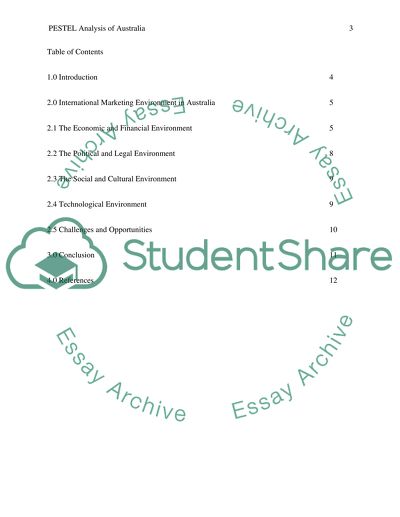Cite this document
(“PESTEL analysis of Australia, including SWOT analysis Assignment”, n.d.)
Retrieved from https://studentshare.org/marketing/1494094-pestel-analysis-of-australia-including-swot
Retrieved from https://studentshare.org/marketing/1494094-pestel-analysis-of-australia-including-swot
(PESTEL Analysis of Australia, Including SWOT Analysis Assignment)
https://studentshare.org/marketing/1494094-pestel-analysis-of-australia-including-swot.
https://studentshare.org/marketing/1494094-pestel-analysis-of-australia-including-swot.
“PESTEL Analysis of Australia, Including SWOT Analysis Assignment”, n.d. https://studentshare.org/marketing/1494094-pestel-analysis-of-australia-including-swot.


